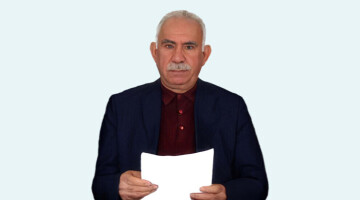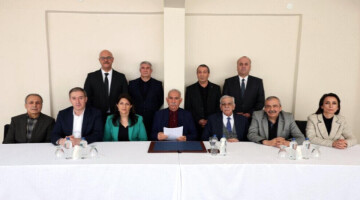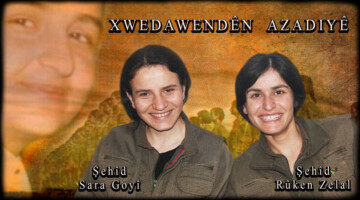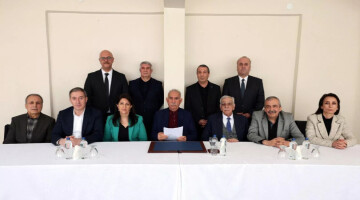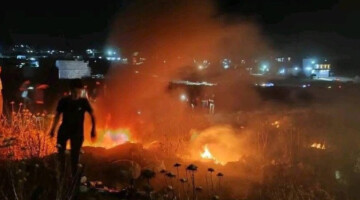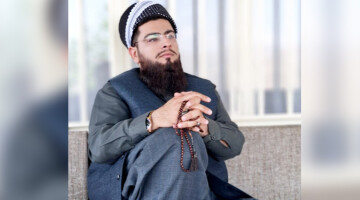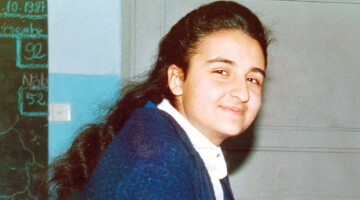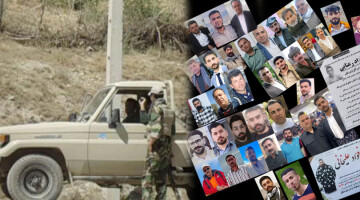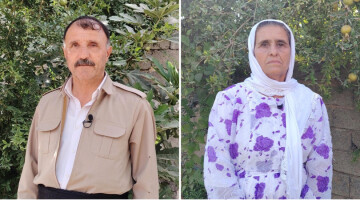It has been 9 years since Tahir Elçi, the former president of the Diyarbakır Bar Association, was murdered in front of the Four-Legged Minaret on 28 November 2015. Elçi was commemorated on the 9th anniversary of his murder. Lawyers and masses gathered in front of Diyarbakır Courthouse and marched to the Four-Footed Minaret where Elçi was murdered.

President of the Union of Turkish Bar Associations (TBB) Erinç Sağkan, Peoples' Equality and Democracy Party (DEM Party) Spokesperson Ayşegül Doğan, heads of bar associations, MPs, co-mayors of municipalities and many people took part in the march. The banner ‘Em te ji bîr nakin/We will not forget you’ was unfurled during the march. The slogans ‘Tahir Elçi is immortal’ and “Şehîd namirin” (Martyrs are immortal) were frequently chanted during the march.

At the commemoration in front of the Four-Legged Minaret, Ahmet Kaya's ‘Diyarbakır Song’ and Tahir Elçi's last speech before he was murdered were played.

Diyarbakır Bar Association President Abdulkadir Güleç drew attention to the unlawfulness in the Tahir Elçi trial. Reminding that their request for discovery was rejected, Güleç said that the truth about the assassination is ‘kept in the dark depths of the sovereigns’. Güleç said, “It has been seen that the ministers’ statements that ‘the perpetrators will be found’ are a deception. The assassination of Tahir Elçi prepared the ground for the beginning of a dark period, the rule of law has suffered serious damage since then, and the public's belief in justice has been damaged. The political crisis has deepened since then.”
Pointing out that Tahir Elçi endeavoured for a peaceful and democratic solution to the Kurdish issue, Güleç said, “At this point, we embrace the attitude of our president, who freely expressed his thoughts. We reiterate our determination to fight with all our strength to clarify the assassination of Tahir Elçi. We commemorate our immortal president with respect and gratitude.”

Tahir Elçi's wife, Türkan Elçi, said the following: “Those who are persecuted, those who want peace for others, those who believe in the power of law, those who dream of a brotherly country, those who fight for our right to life and justice are here. We are on this street again to explain to those who ignore the law, to those who turn our cities into battlefields, that the right to life is sacred, that we believe in the law and that we have an imagination of a fraternal country. We have come as brothers and sisters to explain the sanctity of the right to life of human beings, without relying on any kind of tricks and deception aiming for deceiving the society. We have come as those who believe in peace. We will come every year believing a little more. We will come as Kurds, Turks, Laz and Circassians. Even though our colour, language and sect are different from each other, we have come and will continue to come because we are human beings. We have come to say that we are humans and citizens, that we have rights, that this country belongs to all of us, and we will continue to come. We will come to tell who sits on the throne of oppression in our memories. Even if more years pass, we will come to tell our troubles and those who fell on this street, for this land, while talking about peace. We will continue to stand on the side of the oppressed and against the oppression of the oppressors.”

Erinç Sağkan, President of the Union of Turkish Bar Associations, said: “For 9 years we have been kept in the dark about what happened. This withholding was hidden behind the cover of the judiciary. For 9 years, we have been gathering not to commemorate, but to continue this struggle. We are talking about Tahir Elçi's struggle until today, we are talking about his struggle against impunity. Here we talk about his struggle for cultural values in front of the Four-Legged Minaret. Think of his wife and children. Don't they have the right to know? For 9 years, we have been denying his children and wife the right to know how Tahir Elçi was disappeared. That is why I feel ashamed. I promise that maybe 19 years later, maybe 29 years later, maybe 99 years later, this street will be filled with thousands of lawyers. They will come to commemorate Tahir Elçi, knowing what will happen.”
During the commemoration, carnations were left in front of the Four-Legged Minaret.
In the meantime, Sur District Municipality, governed by the DEM Party, changed the name of the street where the Four-Legged Minaret is located to ‘Tahir Elçi Street’. The name change will be formalised with a ceremony to be held tomorrow.
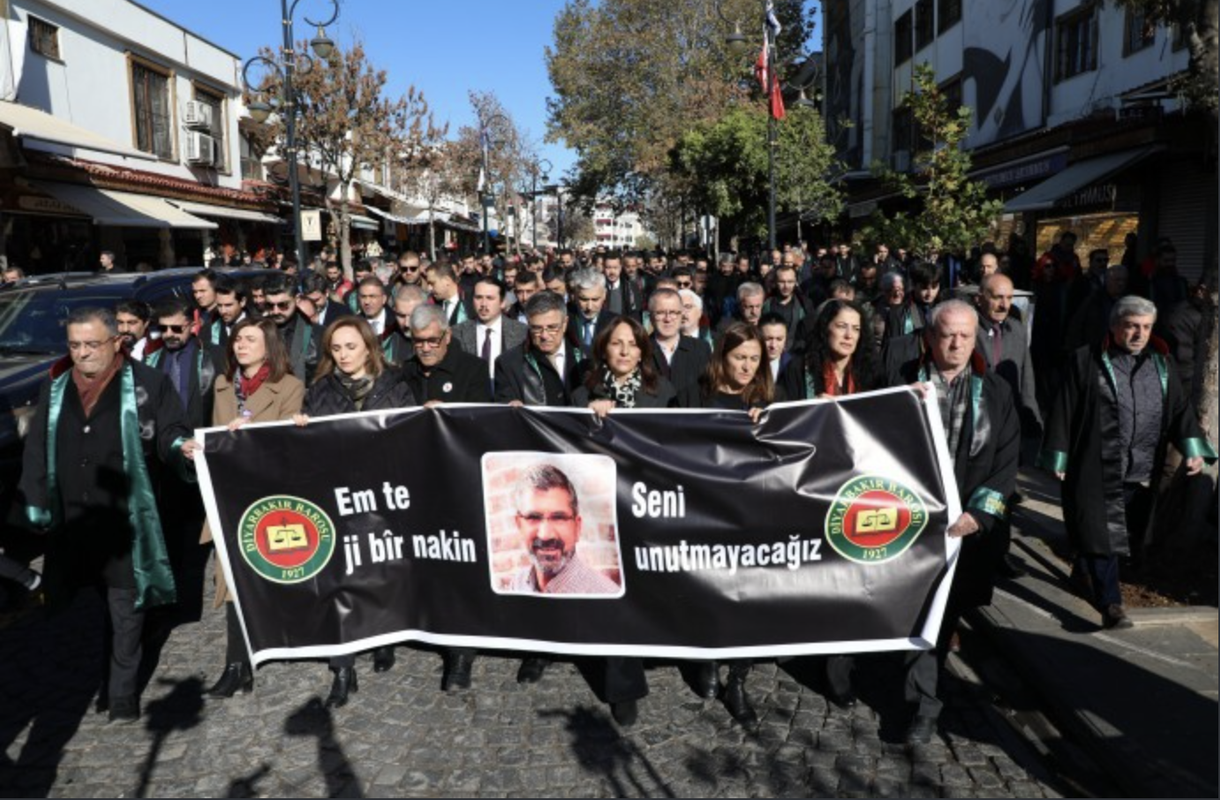
Background
Kurdish human rights lawyer Tahir Elçi was the target of massive lynching after he had participated in the 'Neutral Zone' program presented by Ahmet Hakan at CNN Türk on 14 October 2015. Asked by Hakan whether the PKK was a terrorist organization, Elçi answered: "The PKK is not a terrorist organization, but an armed political movement whose political demands enjoy great support among the people." Elçi was arrested shortly afterwards and only released on conditional release. On 28 November 2015, he was shot dead during a press conference in front of the ‘four-legged minaret’, a historic building that had been damaged during the Turkish military blockade in Sur. Immediately before his death, Tahir Elçi appealed for peace in the region. "In this area, which was home to so many civilisations, we want no gunfire, no violence and no operations," he said, then shots were fired. He was hit in the head by a bullet and died on the spot. At the time, curfews were in place in a number of Kurdish cities as part of the military siege, including the district of Sur. As a result, many places were literally razed to the ground.
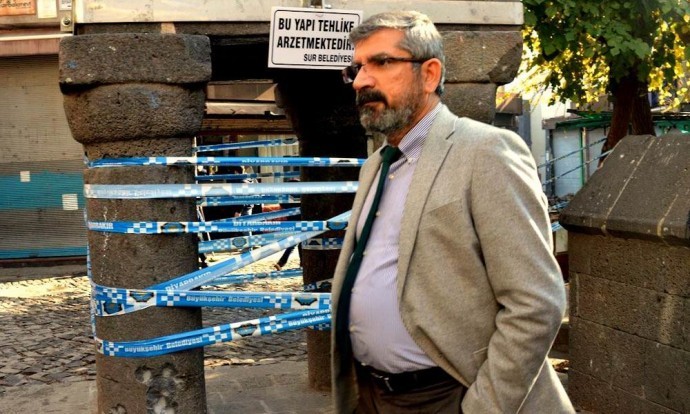
The government immediately claimed that the Civil Defence Units (YPS) ‘and therefore the PKK’ had shot the lawyer. However, case reconstruction specialists from the art and research agency ‘Forensic Architecture’, an initiative affiliated with the Institute of Architecture at Goldsmiths University in London, established through a video reconstruction completed in February 2019 that only three police officers could be the perpetrators. One of them was ‘certainly’ the perpetrator.
Another year and a half had to pass before charges were brought against police officers Sinan Tabur, Fuat Tan and Mesut Sevgi in October 2020 - for ‘involuntary manslaughter’. The officers remained on duty despite the charges. In the same trial, YPS member Uğur Yakışır was charged with the murder of Tahir Elçi and two police officers and the attempted destruction of the unity and integrity of the state.
On 12 June 2024, three police officers charged with involuntary manslaughter were acquitted in the trial on the murder of Tahir Elçi. The 10th High Criminal Court in Amed followed the prosecution's request, which stated that Tahir Elçi had been killed by a bullet whose origin could not be determined.
A lawyer defending oppressed people
Tahir Elçi was born in Cizre, Şırnak in 1966. He completed his primary, secondary and high school education in Cizre, and graduated from Dicle University, Faculty of Law in 1991.
He worked as a self-employed lawyer in Amed since 1992. Between 1998 and 2006, he worked as a manager in Diyarbakır Bar Association. During this period, he studied international criminal law and criminal proceedings at the Academy of European Law in Germany and attended many national and international conferences as a speaker.
He represented victims in many domestic trials and before the domestic courts and the European Court of Human Rights (ECtHR). He was a member of the Union of Turkish Bar Association (TBB), the Human Rights Center for Science Advisory Board, the Human Rights Foundation of Turkey (TIHV) Founding Committee and was involved in the establishment and operation of several civil society organizations. Elected as the President of the Bar Association of Diyarbakır in 2012, he continued his duties until 28 November 2015, the day he was murdered.
The bullet that killed Elçi was never recovered
In a public address on the day of the murder, then Turkey’s Prime Minister, Ahmet Davutoğlu, pledged to apprehend the "unknown perpetrators", and promised that the state’s investigation would uncover the truth. "Politically-motivated assassinations", he added, "would not be tolerated".
Yet why was the PM delivering his speech, promising to catch the killers, the authorities were failing (was it deliberate? One cannot but think it was, unfortunately) to secure or process the crime scene. They blamed the ongoing clashes in the area, and when investigators returned two days later and began collecting evidence, their work lasted very little.
In the end, the investigators gathered 43 pieces of evidence that had previously been identified and labelled for collection. Forty further pieces, from the area immediately around the base of the minaret, where Elçi was murdered, were not collected. Photographs and footage show civilians walking around the murder scene, which was clearly compromised.
Indeed, the bullet that killed Elçi was never recovered. It was only four months later, in March 2016, that investigators returned to carry out a new two-day examination of the murder scene.
Possibly even more disturbing was the fact that the police officers who could clearly be seen firing their weapons in Elçi’s direction at the press conference were never questioned as potential suspects, only as witnesses.
London University report: Police shot Elçi
In 2016, the Diyarbakır Bar Association commissioned London University Goldsmiths research group Forensic Architecture to examine the evidence in their possession. That included witness testimony, video footage, photographs and material from the crime scene investigation, and official and independent reports.
One of the first accusations made by the government was that, in fact, Elçi had been killed by PKK militants who were armed at the scene that day.
However, Forensic Architecture dismissed this claim with a rigorous reconstruction of what happened that day. The report said: "The results of our analysis confirm with near-certainty that neither of the PKK militants could have fired the shot that killed Elçi. In fact, for much of the time frame during which Elçi was hit, Gürkan was clearly holding his gun by the barrel, and thus unable to shoot. Yakışır does not appear to aim at Elçi at any point during the time frame, and eventually throws his gun at the police."
Forensic Architecture then concluded: "Based on our analysis, we concluded that police officers A and D had direct but partially obstructed lines of fire towards Elçi during the period in which they are visibly firing their weapons. Either could therefore have fired the fatal shot.
Police officer C is the only officer to have had a clear unobstructed line of sight towards Tahir Elçi, during the period in which he fired shots 24, 26, 28, and 29. He, too, could have fired the fatal shot."
Was Elçi given medical attention?
According to Forensic Architecture, "following the shooting, one of the four cameras continued to record for around 13 minutes. Throughout this time, as shots rang out intermittently from nearby streets, Elçi’s body lay on the ground unattended; nobody in the vicinity attempted to check his condition, or to give him medical attention. [...] 12 minutes and 30 seconds after the end of the investigative time frame – an armoured vehicle arrives, parking just centimetres from Elçi’s body. Shortly afterward, the camera stops recording."










